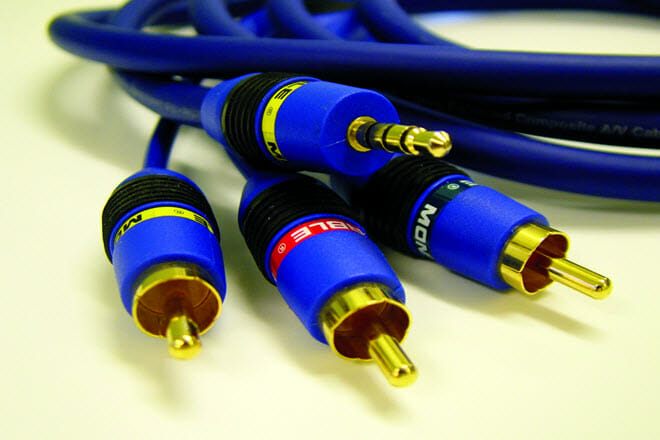Creating your own audio products can be a challenge especially if you’ve never done it before.
Well the good news is that technology has advanced so much in recent years that it’s made the creation of your own audio products much much easier.
After all it really is THE most flexible of all forms of communicating because it allows your listener to do be doing other things at the same time as listening – something that’s impossible with video & written content.
Getting Started
So, how do you go about making audio products?
Well let’s start by dispelling the 3 biggest myths.
Myth #1. You Need Lots of Equipment
10 years ago you would’ve probably needed a degree in audio science if you wanted to create your own professional quality audio products at home.
But these days you can easily make professional quality with just a few key components:
- A home computer
- A USB microphone (or headset)
- An internet connection
Those are the absolute basics in terms of hardware, but of course you could be a little more flash and buy a more expensive microphone.
But let’s aim to keep this low-cost and simple.
I’m going to take a wild guess at this point and assume you’ve already got a computer and also an internet connection.
So the chances are that all you’ll need is a microphone. But which one?
I’d recommend you buy either a USB headset like the Plantronics DSP655, which gives great results, or perhaps the Rode Podcaster microphone which is a very nice semi-professional microphone.
Both connect via USB – and that’s what we’re looking for in order to ensure you get the ultimate sound fidelity.
With a USB headset/microphone you’re well on your way to creating professional quality audio products of your own.
Myth #2. You Need Expensive (And Difficult To Learn) Software
If you’ve got money burning a hole in your pocket, then why not splash out on some super-expensive audio editing software? There’s plenty to choose from such as Pro-Tools, Cakewalk, Adobe Audition, WaveLab.
But for everyone else there’s Audacity.
Audacity is a feature-rich yet totally FREE audio editing suite that runs on both the PC and Mac. You can download it from www.paulhollins.com/audacity
The great thing about Audacity is that it’s very straight-forward and relatively intuitive to learn. In fact, it’s so easy you can probably master it with just a couple of hours of practice.
However if you do get stuck you’ll find a whole raft of video to help you on You Tube. Simply search for ‘Audacity’ and there’s bound to be someone who’s posted a video that will help solve your problem.
Myth #3. You Need A Soundproof Studio
As long as you have a quiet place to record your audio, then full soundproofing isn’t necessary. So don’t worry you won’t have to stick empty egg-boxes on to your wall or anything crazy like that.
If you’re using a headset microphone like the Plantronics DSP655 then you shouldn’t encounter too many problems with room noise (or echo/reverb as it’s sometimes called) as the mic is positioned so near to your mouth that echo simply isn’t noticeable.
Just try not to breathe directly onto the mic or you may suffer from wind noise (I mean that in the audio sense… you understand). :-)
If however you’re using a “proper” microphone such as the Rode Podcaster, you may notice that it may be prone to sound reflections from around the room. This is one of the major excuses I hear people use to explain why they don’t record audio products.
But it’s a problem that’s not hard to fix and it certainly doesn’t have to be expensive.
In fact any room that has carpets, curtains and, say, a sofa/bed would make a perfect environment for a ‘recording area’ because soft furnishings tend to absorb the majority of sound reflections.
If you only have an area with wooden floors and no soft furnishings, then there are things you can do to help ‘deaden’ the sound and absorb these unwanted reflections.
A rug on the floor and a duvet around the back of the microphone are an affordable and effective way of soaking up much of these unwanted sounds.
Also try to position yourself so that there is something absorbent behind you too, like a pair of thick drapes… or failing that a duvet propped against the wall (or you could even hang some thick coats/jackets behind you too).
It won’t soundproof the room, but it will help deaden the reflections and make your recordings sound much better.

